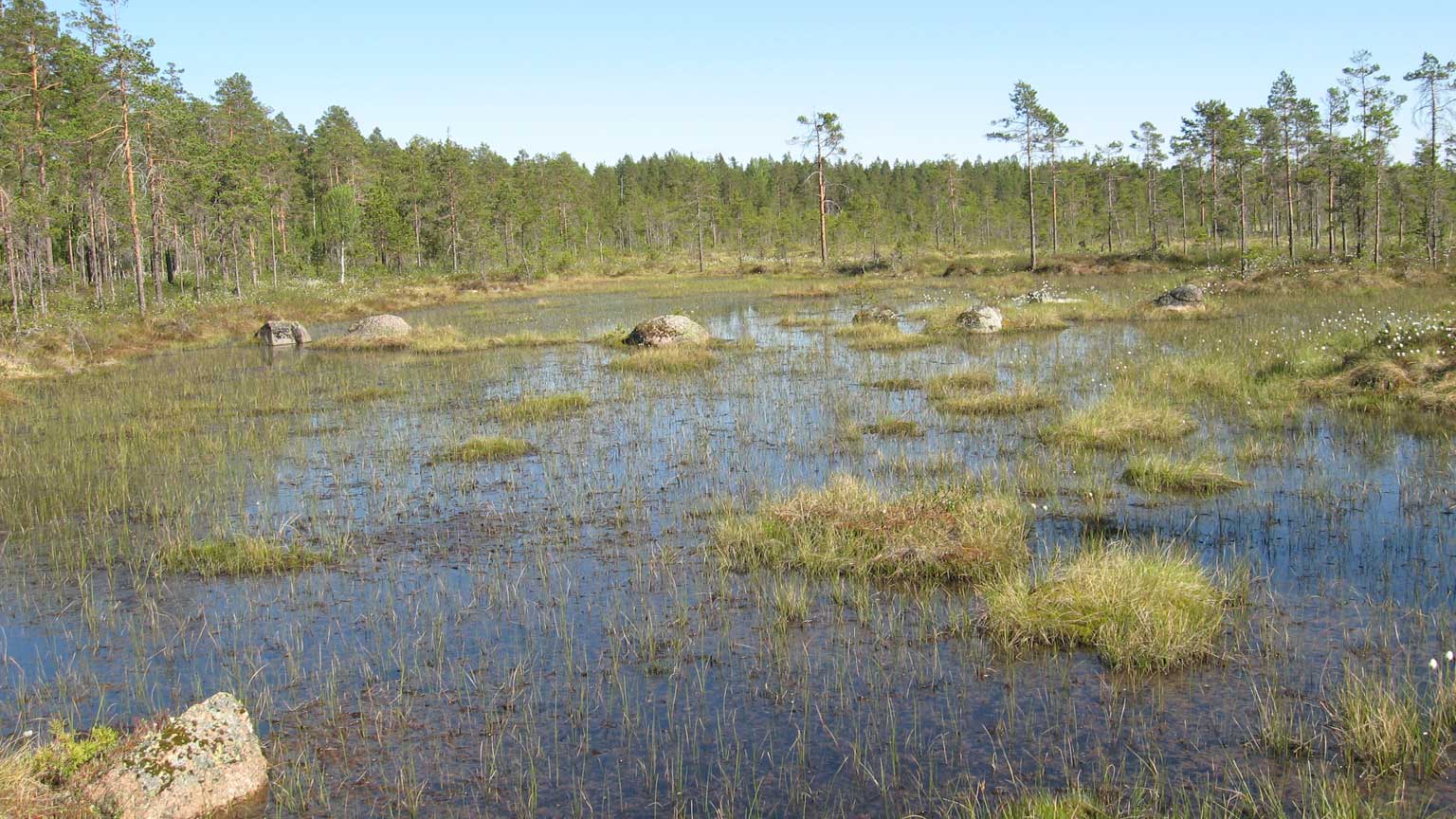Deep case studies
BESAFE carries out 12 single case studies addressing different issues areas related to biodiversity protection. This set of deep case studies covers different member states and geographical regions as well as various governance scales, stakeholder groups and their interaction. Overall, the case studies comprehensively explore the argumentation processes in the biodiversity-related policy making and provide knowledge on the transferability of arguments between the major governance levels.
Comparative case studies
Apart from the twelve deep case studies, BESAFE partners will conduct two comparative studies. The main idea behind these studies is to be able to compare different EU Member States with respect to particular WP 3 and WP 4 research questions. Comparative study “EU Biodiversity Strategy 2020 – national implementation” thus addresses the main questions of WP 3, while the study “Perceptions of biodiversity, ecosystem services and values at the national level” is concerned with WP 4 inquiry.
National Strategy for Mires and Peatlands; Finland

A Finnish mire landscape
Introduction
The Finnish case study is located in the Northern Karelia region in Eastern Finland. It focuses on two governance levels by addressing the national “peatlands policy” and a local conflict on the many uses of peatlands. In the global scale, the Finnish peatlands have been considered unique. Mires and peatlands cover about a third of the total land area of Finland; a half of them is in the forestry use, whereas almost a third is excluded from any use. Peat is still a quite significant heating fuel providing approximately 5-7 % of the country’s annual energy production.
Brief description of the policy problem
At the local level industrial peat production has led to public debate as well as conflicts between the industrial use and nature conservation. The main environmental impacts of peat production are the impacts of drainage water on water quality and the impacts of large-scale removal of peat on biodiversity and nature values. As a state policy response, a National Strategy for Mires and Peatlands was published in 2011. The strategy work by a large group of stakeholders endured for two years. The final policy paper defines the national objectives relating to the use of mires and peatlands.
Location
Northern Karelia region in Eastern Finland
Governance level(s) involved
The Finnish case study focuses on two governance levels by addressing the national “peatlands policy” and a local conflict on the many uses of peatlands.
Stages in the policy cycle
This case study explores, firstly, the preparation of the Finnish Strategy for Mires and Peatlands in 2009-2011 and, secondly, the impact of the strategy in a conflict taking place at the local level.
Main stakeholders involved
The key stakeholders included in the case study are the national and local policy makers; energy producers and industry; NGO’s; experts from research institutes; and local people in their various roles (e.g. land-owners, inhabitants, consumers of rural nature).
Partner responsible
Finnish Environment Institute (SYKE)
Contact person
Pekka Jokinen (pekka.jokinen [at] uef.fi)
Image copyright: Roquai (Own work) [Public domain], via Wikimedia Commons